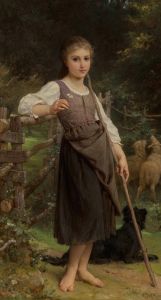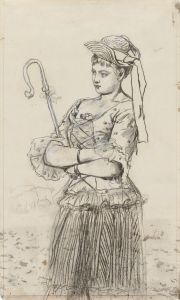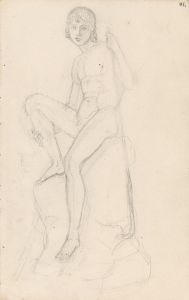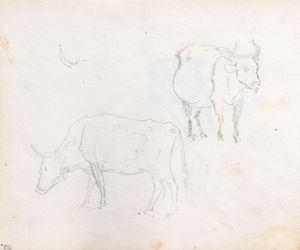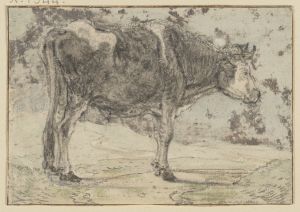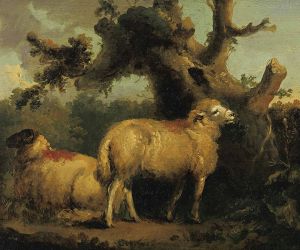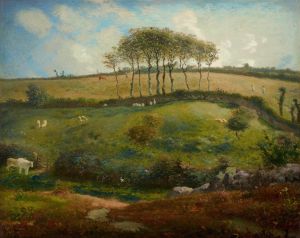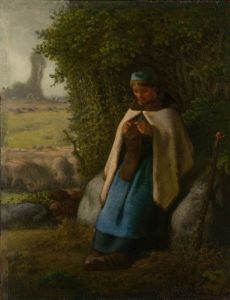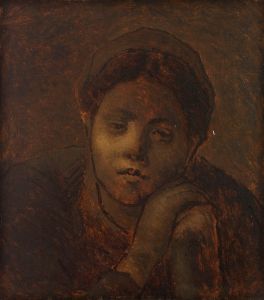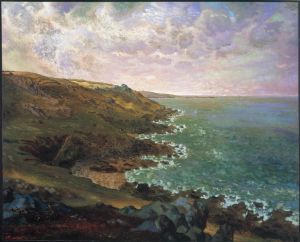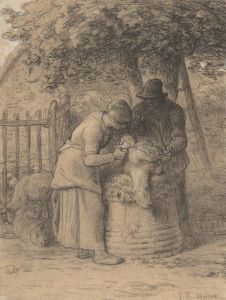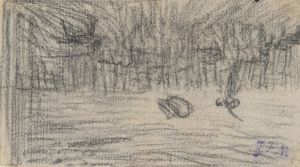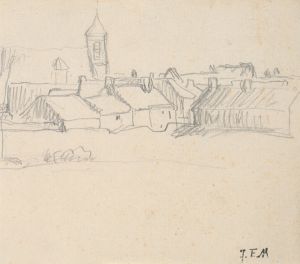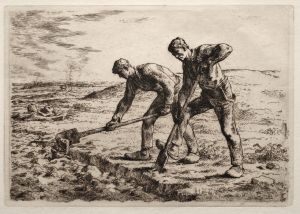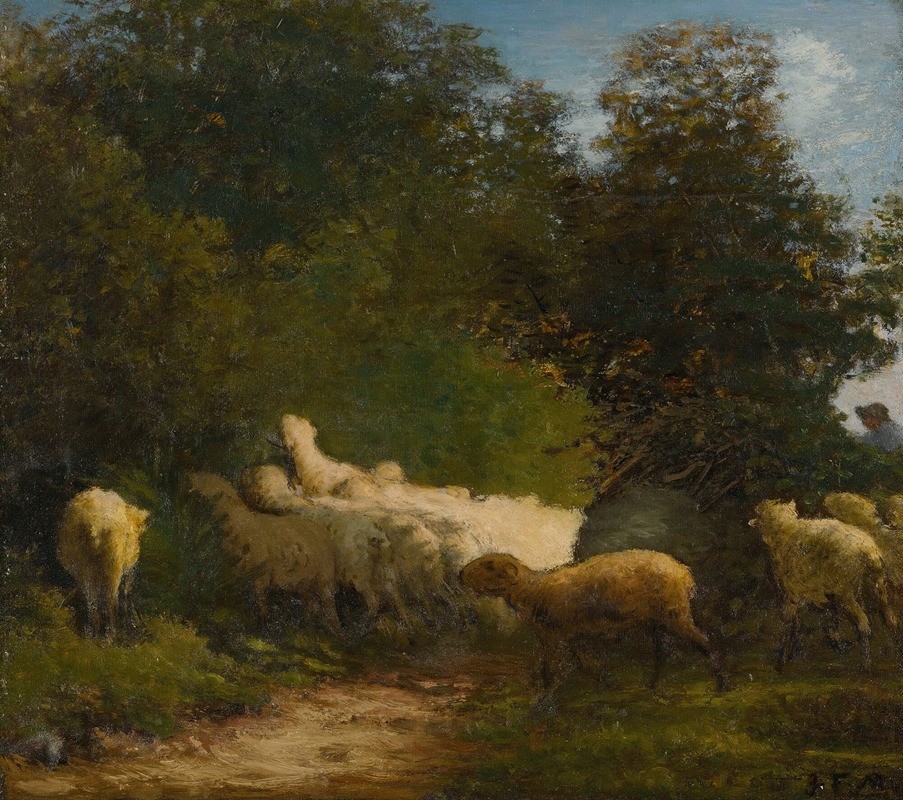
Sheep Grazing Along A Hedgerow
A hand-painted replica of Jean-François Millet’s masterpiece Sheep Grazing Along A Hedgerow, meticulously crafted by professional artists to capture the true essence of the original. Each piece is created with museum-quality canvas and rare mineral pigments, carefully painted by experienced artists with delicate brushstrokes and rich, layered colors to perfectly recreate the texture of the original artwork. Unlike machine-printed reproductions, this hand-painted version brings the painting to life, infused with the artist’s emotions and skill in every stroke. Whether for personal collection or home decoration, it instantly elevates the artistic atmosphere of any space.
Jean-François Millet, a prominent French painter and one of the founders of the Barbizon School, is renowned for his depictions of rural life and landscapes. His painting "Sheep Grazing Along A Hedgerow" exemplifies his focus on pastoral scenes and the everyday lives of peasants. Although specific details about this particular painting are scarce, it can be contextualized within Millet's broader body of work and artistic philosophy.
Millet was born on October 4, 1814, in Gruchy, a hamlet in the Normandy region of France. He grew up in a farming family, which profoundly influenced his artistic vision and choice of subject matter. After receiving formal training in Cherbourg and Paris, Millet moved to Barbizon, a village near the Forest of Fontainebleau, where he became a leading figure in the Barbizon School. This group of artists was dedicated to painting en plein air, or outdoors, capturing the natural beauty and rural life of the French countryside.
"Sheep Grazing Along A Hedgerow" likely reflects Millet's deep appreciation for the simplicity and dignity of rural existence. His works often highlight the harmonious relationship between humans and nature, a theme that resonates with the Romantic movement's emphasis on the natural world. Millet's paintings are characterized by their earthy color palette, attention to detail, and a sense of realism that conveys the harsh yet noble life of peasants.
In this painting, Millet would have depicted sheep grazing peacefully along a hedgerow, a common sight in the rural landscapes of France. The hedgerow, a line of shrubs or low trees, serves as a natural boundary and shelter for the sheep, illustrating the interconnectedness of agricultural practices and the environment. Millet's ability to capture such scenes with authenticity and empathy is a testament to his skill and understanding of rural life.
Millet's work was not always well-received during his lifetime. Critics often misunderstood his focus on peasant life, interpreting it as a political statement rather than an artistic choice. However, his dedication to portraying the rural poor with dignity and respect eventually earned him recognition and admiration. Today, Millet is celebrated for his contributions to the Realist movement and his influence on later artists, including Vincent van Gogh, who admired Millet's ability to convey emotion and humanity through his depictions of everyday life.
While specific information about "Sheep Grazing Along A Hedgerow" is limited, it can be appreciated as part of Millet's larger oeuvre, which consistently reflects his commitment to capturing the essence of rural life. His paintings continue to resonate with audiences for their timeless portrayal of the beauty and challenges of the agrarian lifestyle. Through works like this, Millet invites viewers to consider the profound connection between people and the land, a theme that remains relevant in contemporary discussions about sustainability and the environment.





